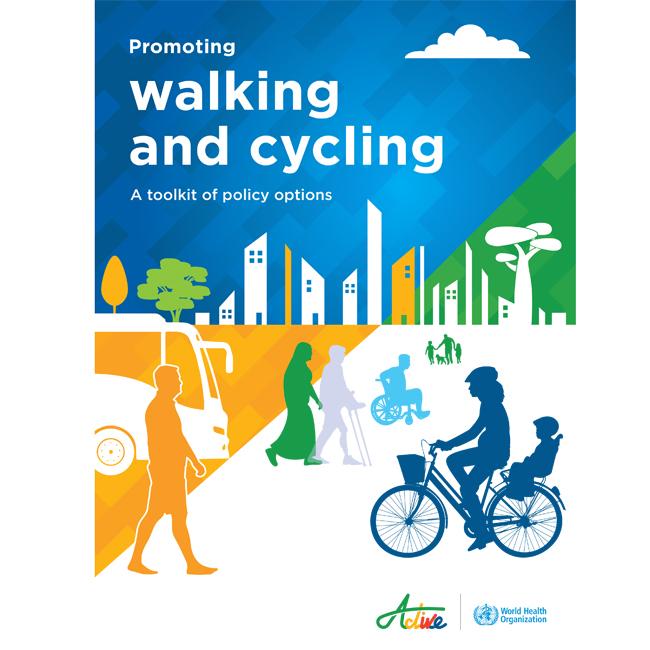WHO publishes toolkit ‘Promoting walking and cycling’
The World Health Organisation WHO presents a compendium of policy options for walking and cycling, highlighting the multiple benefits that promoting and enabling safe walking and cycling for recreation and transport can bring to individuals, communities, the environment, and the economy.
Despite their value, walking and cycling remain under-prioritized in policy and planning. Globally, infrastructure is inadequate – only 0.2% of reported road length includes cycling lanes, and the majority of roads are unsafe for pedestrians. Vulnerable groups, including women, children, older adults, and those with disabilities, are disproportionately affected by poor infrastructure and unsafe streets.
The compendium outlines seven strategic policy options for countries to consider implementing that collectively aim to enable safer walking and cycling for people of all ages and abilities, and to support maintaining and/or increasing levels of walking and cycling either for transport or active recreation in countries worldwide. Case studies from all over the world (e.g. Austria, Brazil, Colombia, France, India, Netherlands, Norway, Singapore, Spain, Thailand, UK) are included to showcase real-world examples of how these policy options are being successfully put into practice.
The compendium can be downloaded free of charge at the
